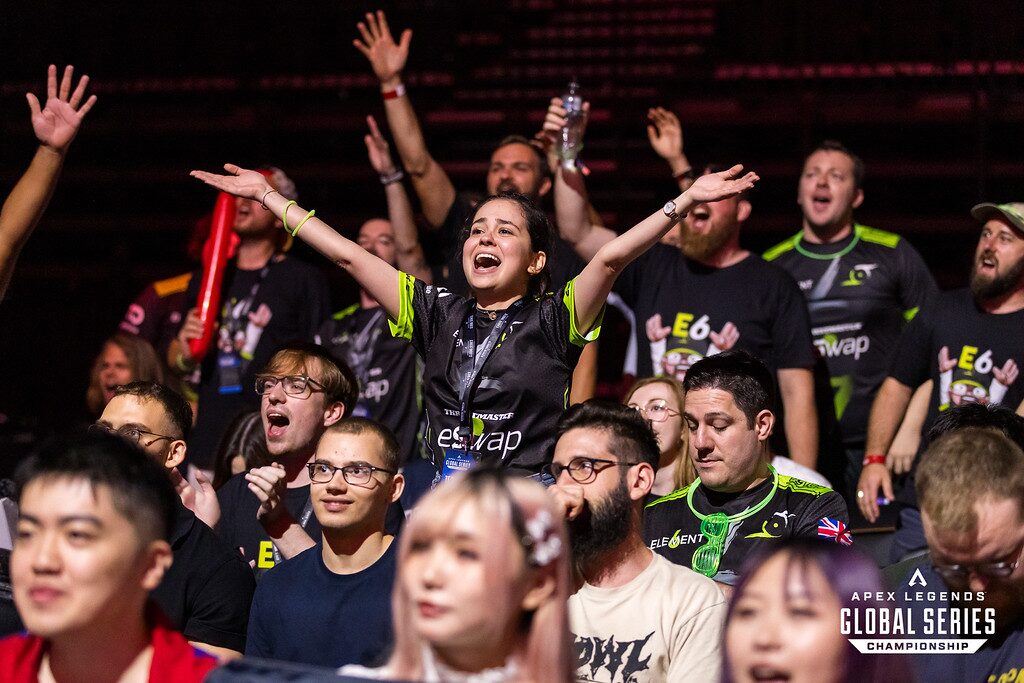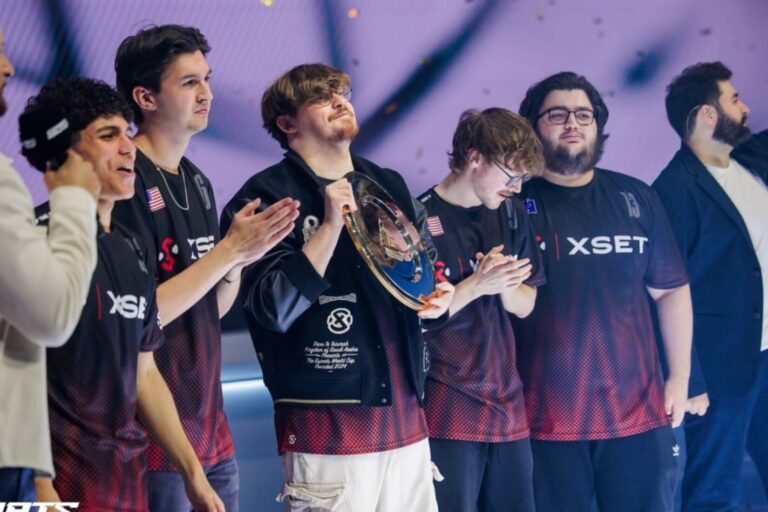
Apex Legends scores : Since its launch in 2019, Apex Legends has become one of the most competitive titles in the battle royale genre, and the Apex Legends Global Series (ALGS) is the centerpiece of its esports ecosystem. Yet, for many fans who tune into live broadcasts, the scoring system can feel complex at first glance. How do teams with fewer match wins sometimes top the leaderboard? Why do standings shift so dramatically after one or two rounds? The answer lies in the way Apex Legends scores are structured. This article unpacks the rules behind scoring, explains the live updates that fuel fan engagement, and breaks down the unique finals format that sets ALGS apart from other esports leagues.
Quick Look
Breaking Down the Apex Legends Scoring System – Apex Legends scores

Image Credit: Steel Series
The ALGS scoring format was designed to reward both aggressive and survival-based playstyles, striking a balance that keeps every match competitive. Instead of focusing solely on kills or placements, teams are scored using a hybrid model that rewards both.
- Kill Points (Eliminations): Every elimination gives a team a fixed number of points. Squads that thrive in combat—such as those who consistently rack up double-digit kills—can skyrocket in standings even if they don’t place first.
- Placement Points: Surviving longer brings exponential rewards. For example, top-three finishes yield significantly more points than mid-table exits. Teams that play patiently, rotating safely and prioritizing survival, can climb steadily even without massive kill totals.
- Overall Consistency: While flashy 20-kill games make headlines, the leaderboard often favors squads that perform consistently across multiple rounds. A team placing in the top five with moderate eliminations across several games may outpace a rival that wins one round but crashes out early in the rest.
This balance creates a diverse competitive landscape where different team identities—aggressive fraggers, careful survivalists, or hybrid strategists—all have a path to victory.
Live Scores and Why They Drive Fan Engagement – Apex Legends scores

Unlike traditional sports where a single game produces a fixed scoreline, ALGS tournaments span multiple matches, and standings are updated in real time. This means fans and analysts are constantly tracking leaderboards that change round by round. The drama isn’t confined to final scoreboards—it plays out live, minute by minute.
For instance, a team sitting at the bottom of the standings can suddenly vault into playoff contention with one stellar match featuring high eliminations and a top placement. Conversely, even favorites can tumble if they suffer early eliminations across consecutive games. This constant flux is part of why esports audiences stay glued to Twitch, YouTube, and stat-tracking platforms. Every round feels consequential, and live scores create a sense of unpredictability that fuels both fan excitement and analyst discussion.
The Match Point Finals Format Explained – Apex Legends scores

While group stages and Pro League matches use cumulative point totals, the finals in ALGS use a distinctive Match Point format that makes the closing moments of tournaments some of the most thrilling in esports. Here’s how it works:
- A team must first reach a target threshold of points (usually 50).
- After reaching that threshold, the team must win a match to secure the championship.
- If they don’t win, the tournament continues until a qualifying team clinches victory.
This format prevents a runaway leader from ending the event early and ensures that the championship is decided in the heat of battle. The result is a uniquely tense viewing experience where multiple squads may be “Match Point eligible,” and every final circle could crown the winner. It also rewards adaptability—teams must not only score consistently but also deliver under the most pressurized conditions.
Why Understanding Apex Legends Scores Enriches the Viewer Experience

For newcomers, Apex Legends broadcasts can look chaotic, with constant gunfights, shifting circles, and ever-changing leaderboards. But once you understand how scoring is structured, the matches take on a deeper meaning. Fans can appreciate why some teams avoid early combat, rotating carefully to maximize placement points, while others push aggressively to secure high kill counts. They can also anticipate leaderboard swings, knowing exactly how many points are at stake when a squad wipes another or clutches a top-three finish.
This insight transforms passive viewing into active engagement. Viewers aren’t just watching fights unfold; they’re analyzing strategy, predicting shifts in standings, and experiencing the stakes on the same level as the players. That’s why scoring is not just a technical detail—it’s the backbone of Apex Legends esports storytelling.
Conclusion: Scores as the Blueprint of ALGS Competition
At the heart of every Apex Legends tournament are the scores that define who advances, who falls short, and ultimately, who becomes champion. The ALGS scoring system rewards versatility, keeps leaderboards volatile, and builds tension that lasts until the final match. With live updates keeping fans engaged, the Match Point format creating unforgettable finales, and standings shaping the road to international events, Apex Legends scores are more than just numbers—they’re the framework of competitive drama. For fans who want to experience ALGS fully, understanding the scoring system isn’t optional—it’s the key to seeing the bigger picture of every tournament.



